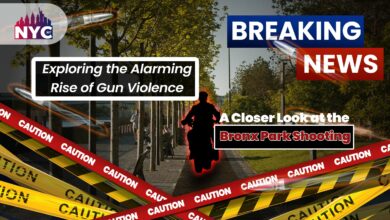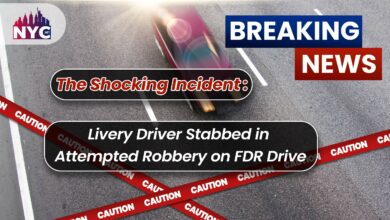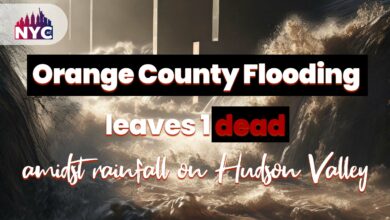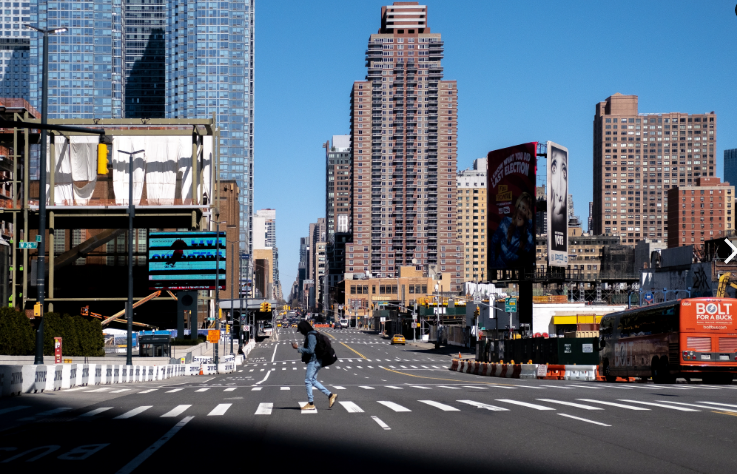
In a situation where needs outnumber financing, New York’s transportation system is under tremendous duress. In general, State and Local agencies have used coordinated infrastructures financial strategies in recent years to accomplish changes.
However, there are worries about the sufficiency of future finance. 10% of the State’s bridges are in poor condition, while 50% of its roads are in fair or worse need. Significant budget gaps are essential in the upcoming years; because of the pandemic’s reduced ridership and worsening aviation and transport operations deficits.
Due to two recent democratic infrastructure projects, the federal government will soon send millions of dollars to the states. The financial situation of average Americans might be affected by this.
According to some statistics, the average American loses around $3,300 in disposable income annually due to inadequate infrastructure. This money might be used for other things like retirement planning, housing, family expenses, etc. Among other advantages, improved infrastructure results in the development of millions of jobs and shorter commuting times.
What are long-term priorities in terms of Infrastructure in New York?
The Brooklyn-Queens Expressway, electric car charging stations, and New York City greenways were all named as crucial non-public transit infrastructure projects that must be finished within the next ten years by the NYBC.
NYBC has identified Phase 3 of the Second Avenue Subway and the No. 7 train expansion as important infrastructure projects to be completed during the ensuing 10 to 25 years.
NYBC urged the area to finish several projects related to its subway system during the following 25 to 50 years:
- The Second Avenue Subway’s fourth phase.
- Utica Avenue Line costs $5 billion to $10 billion.
- A link between the Staten Island Railway and the remainder of the New York subway system.
- Expansion of the W or No. 1 line into Red Hook, Brooklyn.
- Extension of the Nostrand Avenue line.
- JFK Airport access by a line.
- LaGuardia Airport has connectivity to the N-line subway.
What are some of the infrastructures of New York?
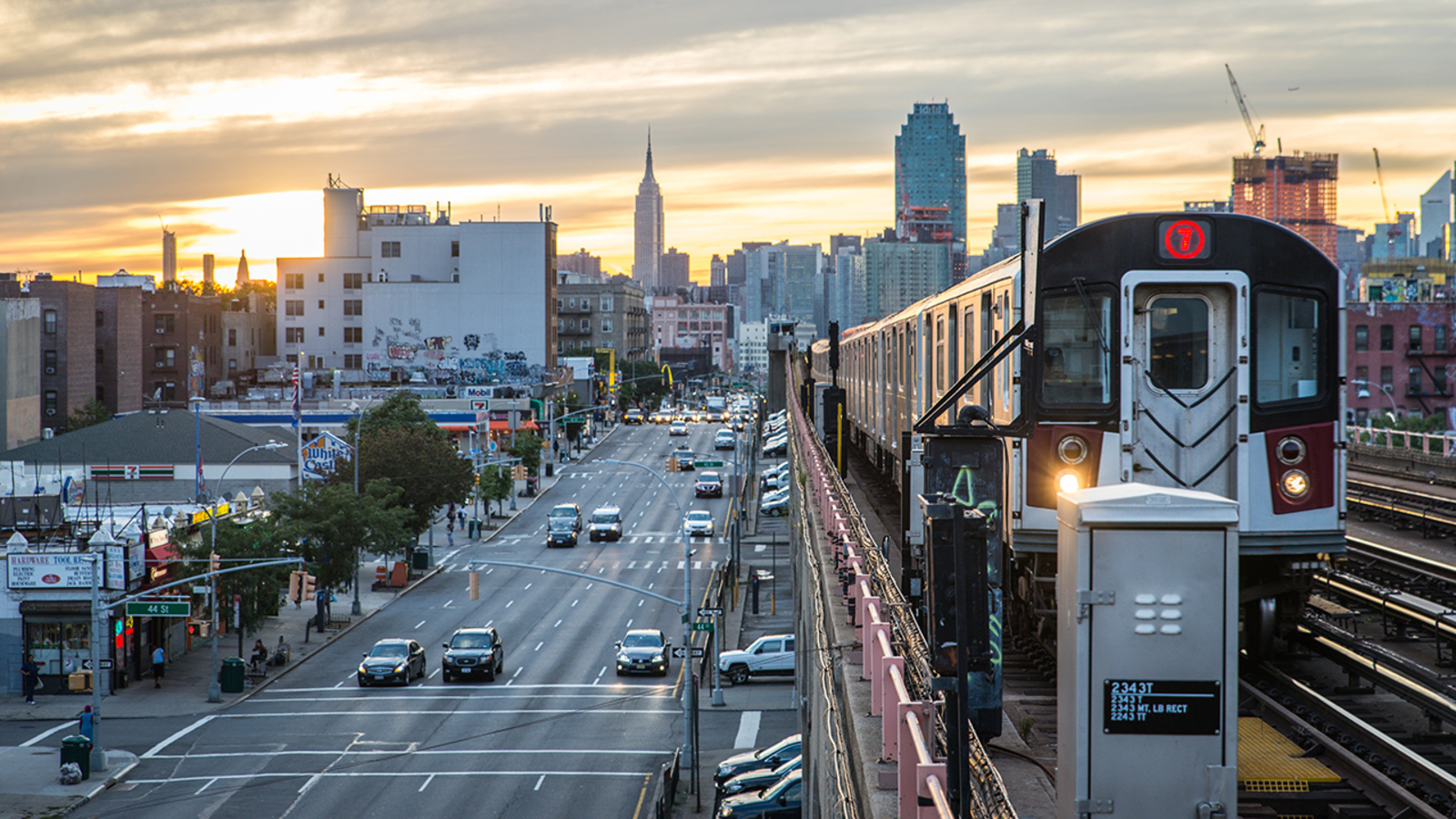
Infrastructure is a significant concern, as evident in Mayor Eric Adam’s first State of the City address. He announced the five-year, $904 million NYC Streets Plan plan, which included funding for infrastructure but lacked specific financial information. [1]
Development of roads
Roadways deteriorate over time owing to use-related wear and tear, weathering from heat, freezing and thawing, and precipitation, like any infrastructure. Several different considerations influence the decision to resurface or reconstruct.
Resurfacing corrects issues with the road’s surface by eliminating and replacing the top layer of asphalt pavement. Govt addressed the problems like potholes, cracking, humpbacks, bumps, and roadway cuts.
Resurfacing is a quick, less expensive way to keep the condition of current roadways. It is a routinely scheduled surgery that usually takes less than a month.
Restoration of streets
Complete street reconstruction addresses significant problems with the State and design of a street by providing long-term repairs to the roadway and the supporting infrastructure.
Reconstruction involves replacing the highway over a foot below the street’s surface and the curbs and walkways. Public infrastructure in the State costs citizens money and hurts the State’s economy. This State continues to lead the nation in out-migration while struggling to maintain its competitiveness. If New York’s highways and bridges are closed, the city cannot be open for commerce.
The Department of Design and Construction (DDC) carries out a street repair on behalf of the NYC DOT. The NYC DOT, other City and State agencies, utilities, and the neighborhood must work closely together. A project might take three to five years from conception to completion. [2]
Gateway Program
The Gateway Program, which plans to develop a rail tunnel beneath the Hudson River, reconstruct the Portal Bridge, and repair existing infrastructure, has been on hold since the beginning of the Trump administration.
Despite being listed as a significant transportation priority by the Obama administration in 2015, the U.S. Department of Transportation withdrew from the Gateway Development Corp. in July 2017, calling into doubt the pledge to pay half of the project.
Port Authority Project
According to James Starace, chief engineer of the Port Authority of NYC and New Jersey, the organization lost $3 billion in income due to the COVID-19 outbreak, but business is again returning to normal.
The $15 billion renovation of John F. Kennedy Airport, which involved significant terminal construction completed through public-private partnerships, new substations, and enhanced road access, highlights the current 2017–2026 capital plan. They are developing a replacement for the Airtrain link to New Jersey Transit as part of the master plan for Terminal A of Newark Liberty International Airport.
Long Island Rail Road Expansion
Two of the eight LIRR grade crossings have already been removed as part of the Long Island Rail Road Expansion Project. Most crossings have been converted to underpasses or will be in the future. The installation of a third track along the Main Line route from Floral Park to the Hicksville train station, which is now under construction, is another significant component of the project. The general objective of the enlargement project is to improve safety for both cars and LIRR riders by reducing congestion, which has led to delays and air and noise pollution.
Bridges
Twenty-four moveable bridges in the five boroughs are under the control of DOT. Among the DOT’s moveable bridges are two retractile bridges, seven swinging bridges, four lift bridges, and eleven bascules (drawbridge) bridges.
Federal regulations require many mobile bridges to have round-the-clock security. On marine radio channel 16, which mariners should tune into, the U.S. Coast Guard will broadcast information about any unusual circumstances affecting the operation of movable bridges.
LaGuardia AirTrain Project
Despite the project’s ever-rising price tag, the airport Authority of NYC and New Jersey board has authorized funding for the LaGuardia AirTrain project. Despite criticism from environmentalists who cited worries about potential effects on Flushing Bay, Cuomo has attempted to quell community resistance by pledging to build the train line on public land rather than trespassing on private property. A two-mile railway route separates LaGuardia Airport and the Mets-Willets Point rail station.
Water Management
Infrastructure for water, sewage management, and recreational activities all significantly influence public welfare but are too frequently ignored. Compared to 2020, public park funding fell by 6% in 2021. Despite the State’s plentiful freshwater resources, several of its dams date back to a time before contemporary construction standards, and its water and wastewater systems are among the nation’s oldest.
Drinking water demand will be $44.2 billion over the next two decades, and $38 billion will be needed for wastewater infrastructure. Future water and wastewater systems will emphasize discovering and managing new environmental toxins. Solid Waste was determined to be sufficient, with around 16–25 years of landfill capacity available, although recycling falls short of the national average.
Future of the Interstate 81 corridor
Syracuse’s I-81 corridor’s future is still up in the air, and the neighborhood has criticized the present course of action. The “community grid” concept, which involves eliminating an outdated section of interstate highway and diverting through traffic to Interstate 481, is preferred by the state Department of Transportation out of the three options presented.
This plan’s key benefit is that it is the least expensive of the three options, with an estimated cost of roughly $2 billion. However, locals have expressed worry that it will impact 131 properties close to the freeway. The two different ideas are constructing a tunnel or rebuilding the present overpass.
New York’s supply chain issues and congestion in 2022
Recent supply chain problems and traffic jams have highlighted the critical function that America’s multimodal freight network plays in the domestic and international economy. Along with 3,279 miles of rail lines, New York is home to one of the busiest port systems in the United States.
Ports and more miniature freight railways face significant financial gaps in maintaining and upgrading their infrastructure. The Port Authority of New York has identified a $20 billion capital requirement, even though the bulk of freight rail is privately sponsored.
The replacement of mission-critical wharf structures is necessary, much beyond available funding. As a result of the $38 billion backlog on Amtrak’s Northeast Corridor, passenger rail also suffers severe maintenance shortages.
What is the Infrastructure for New York City that is sustainable?
The New York Building Congress uses sustainability as a primary criterion for choosing the most critical infrastructure projects required for the city’s future. They may contribute to redesigning the very image and spirit of the vast city.
It includes railways, subway lines, pedestrian and cycling routes, quick and low-polluting connections, and better water management facilities.
Therefore, the NYBC names additional train lines, a motorway linking Brooklyn and Queens, the installation of electric car charging stations across the city, and the construction of new pedestrian and cycling pathways as some of the essential projects required in the following ten years.
On the other hand, it is maintaining infrastructure that adapts to climate change, such as erecting new river barriers to lessen the danger of flooding after storms in the late summer.
According to a recent study by the U.S. Army Corps of Engineers, the New York-New Jersey Harbour will be a high-risk location for flooding over the next 100 years due to climate change.
Future sustainable transportation in New York City
The NYBC research highlights the initiatives essential to modernizing the metropolis and reviving the city’s economy. One of these is constructing the rail line known as the Gateway Program, which connects Newark, New Jersey, with Penn Station in Manhattan.
In Secaucus, New Jersey, one of the bridges over which the dilapidated rail line passes, the Portal North Bridge, replacement construction, got underway a few weeks ago. The NYBC estimates that, fully finished, Gateway would provide services to 17% of the U.S. population and produce $3 trillion (€3 trillion) in value yearly.
How can infrastructure help the United States economy to grow?
Authorities have known for a long time that spending on essential infrastructure helps the economy. The movement of people and products is made more difficult and time-consuming by crumbling roads and delays on trains, airlines, and public transit. Businesses and employees who depend on the internet for work suffer from slow bandwidth.
The most economically disadvantaged Americans should benefit from updating the nation’s. The infrastructure since they have disproportionately borne the burden of deficient services.
According to one estimate, a ten-year increase of 7 percentage points in the growth rate of public transportation spending would eliminate. They about two-thirds of the rise in income disparity between 2000 and 2010.
Conclusion
Talented workers, cutting-edge inventions, and significant financial investments in the infrastructure. The ransportation that are the fundamental building blocks of prosperity will support business in New York State in the future.
The State of New York is strongly committed to maintaining its competitiveness in a shifting global economy by prioritizing infrastructure and transportation projects first.
It is not surprising that New Yorkers have strong feelings about their city, given that they are passionate individuals with a wide range of viewpoints. The resilience displayed in the face of recent natural and artificial threats to their hometown is something in which New Yorkers take tremendous civic pride.
They also value the relative affordability of the city’s utilities and transit systems. However, many New Yorkers want to see their city continue to be astonishingly inventive. Because they are frustrated with what they perceive to be a sluggish pace of innovation adoption into their aging infrastructures.
FAQs
Q.1: What are the fundamental city infrastructures?
Public and private physical constructions, including highways, railroads, bridges, tunnels, water supplies, sewage systems, electrical grids. Telephones, are considered part of the infrastructure (including Internet connectivity and broadband access).
Q.2: Which nation has a superior infrastructure?
Hong Kong has distinguished itself as one of the top nations with the world’s most outstanding infrastructure because of its extensive network of entirely paved roads. The first-rate water transportation infrastructure, and electrified train system.
Q.3: Which U.S. city has the finest infrastructure?
On the hierarchy of American cities with the best infrastructure, Atlanta (13), Dallas (15), Washington, DC (22), and Chicago come in the first place (28).
References
- [Crumbling Infrastructure in New York City…(n.d.) From NewsWeek Link: https://www.newsweek.com/crumbling-infrastructure-new-york-city-will-cost-lives-if-gone-unfixed-opinion-1714094
- [infra-structure] From DDC Link: https://www.nyc.gov/site/ddc/projects/infrastructure.page
